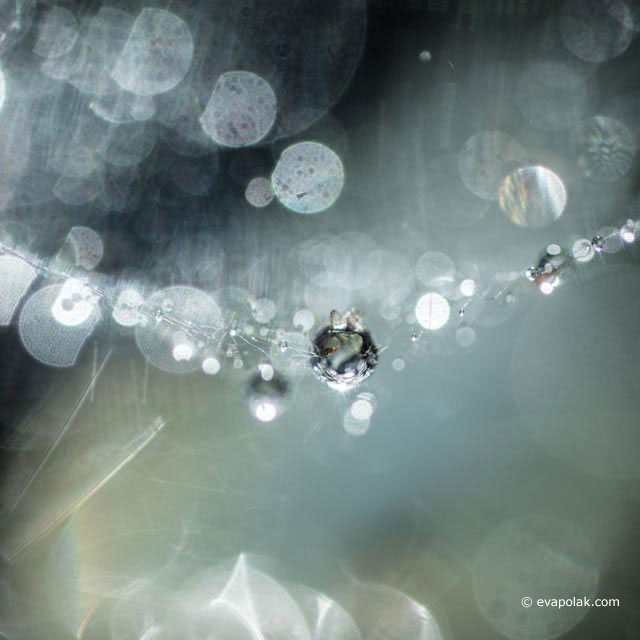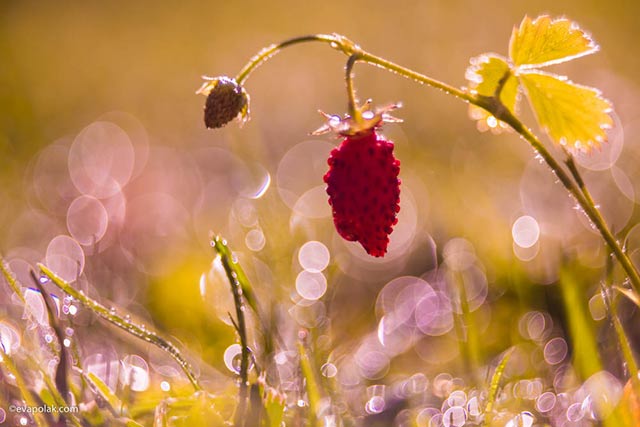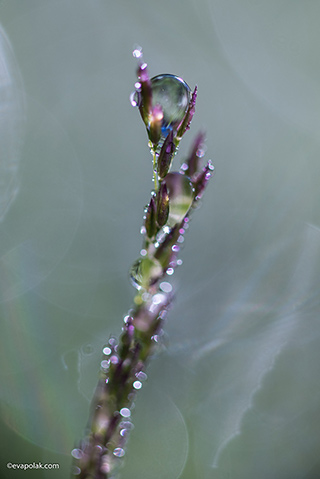
Using Depth of Field for Visual Impact
When you first come across a new photograph, where does your eye go? What’s the first thing you see in the frame? Where in the image is your attention drawn? As you try to answer these questions you will discover that some elements in the photograph dominate and some are subordinate.
Composition is more than simply organizing different elements in the rectangle of a picture frame. You can amplify the power of your image by making some elements dominant. The dominant element in a photograph is the one that everything else points to. It is the element that attracts the eye first. Your dominant element is the starting point of the visual story you’re telling. From there you can create a subdominant element to guide your viewer where to look next.
While you want to create an element that dominates your image to serve as the focal point, you still want the rest of your composition to be seen. Be careful not to make an element so dominant that everything else in the frame gets lost.
On the other hand, you can’t emphasize everything. When you try to do that, all the elements in your composition compete for attention, and nothing stands out. They’re all yelling at the same time, and nothing is heard.
How do you establish dominance in your images?
Dominance can easily be created by contrast, depth of field, positioning/placement, or isolation.
Contrast
Contrast is a good way to create focal points, because contrast calls attention to itself for being different. Anything that can be contrasted can be used to create a dominant element, such as shape, size, texture, tone, and color.
Learn more from Eva about using contrast.

Using Warm Color Contrast
Focus and Depth of Field (lead photo)
When you look at something, you focus on it so you can see sharp detail. In photography, areas depicted in sharp focus will be dominant. Using a shallow depth of field gives you the ability to direct attention by choosing just what is in focus. Blurring the background can be a good way to reduce distracting elements and help isolate the subject.
Positioning/Placement
The placement of elements in a composition is another way to denote the dominance of one particular component. Typically, the center of the image is the first place to look. As elements move away from the center, they become less and less dominant.

Placement of Subject in the Image Frame

Isolation of a Subject
Isolation
You can apply isolation in your images by separating the subject from other distracting elements; by placing it against a plain background, the viewer is left with nothing else to focus on. As a photographer you need to pay special attention to what is in the background of the picture, and work to eliminate unwanted clutter.
Summary
Dominance is a fairly easy concept to grasp. Most of us can look at any composition and immediately identify the dominant element or elements. What’s important is to be conscious of how each of the elements of your composition dominates or is subordinate. As you look at images, pay attention to where you look first, second and last. Pay attention to what you instinctively see as dominant and subordinate, and ask yourself why they appear that way. When you learn how to consciously apply dominance in your composition you will be able to create images that tell a story and have visual and emotional impact.
By Eva Polak
Article and photos: © 2016 Eva Polak. All rights reserved.

Leave a Reply